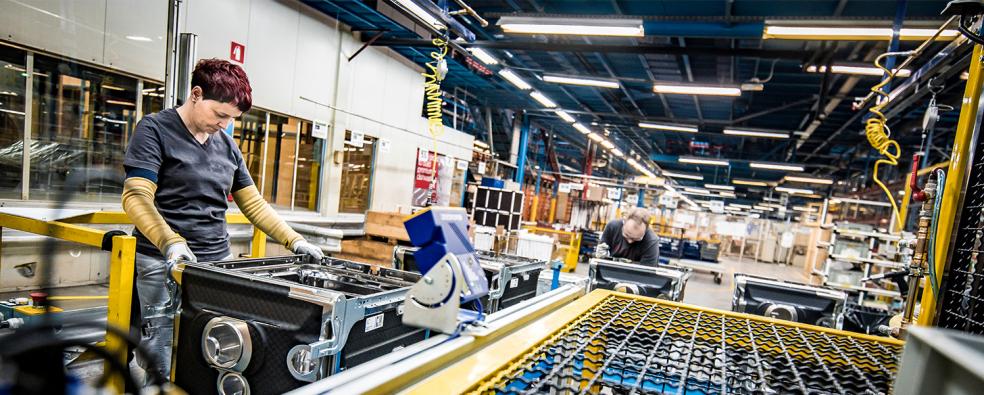So, you’re interested in a career in PLCs? You’ve chosen one of the most exciting fields in the tech industry with a great outlook. Programmable Logic Controllers (PLCs) are so versatile and have such a wide range of applications and career opportunities for PLC Technicians. These opportunities include working in a variety of industrial settings, which range from manufacturing to power distribution, food processing, mining, transportation, consumer electronics and many others.
